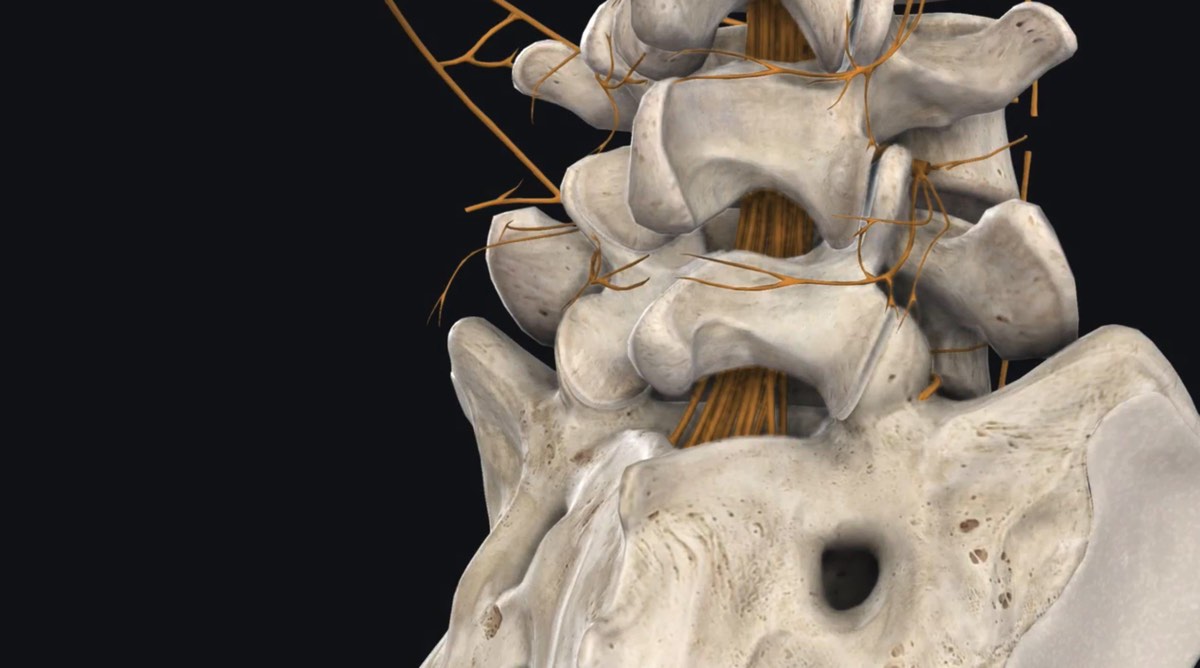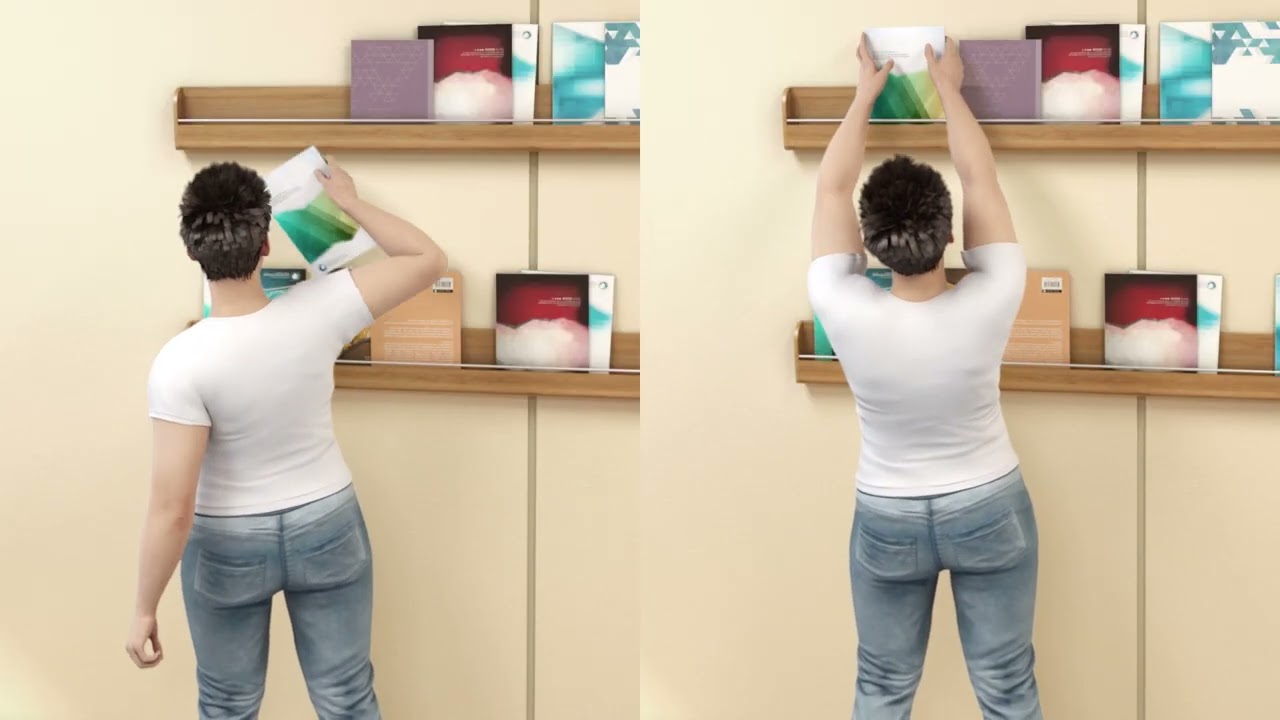Ketamine-propofol combo has some advantages in emergency sedation
Reuters Health • The Doctor's Channel Daily Newscast
Dr. Henry David and Joseph Shipp at the University of Missouri, Columbia, note that propofol is widely used in emergency departments for procedural sedation, despite its potential for respiratory depression and hypotension. However, they explain, “Preliminary research suggests that adding ketamine to propofol might enhance hemodynamic stability, decrease respiratory depression, and stabilize respiratory drive.”
To investigate, the authors conducted a randomized trial in 193 patients — half adult, half children — requiring procedural sedation in the emergency department. They were pretreated with fentanyl analgesia and then randomly assigned to receive a sub-dissociative dose of 0.5 mg/kg of ketamine or placebo intravenously. All were then given IV propofol 1.0 mg/kg with repeated doses of 0.5 mg/kg as needed to maintain sedation.
The team found that rates of respiratory depression were similar in both groups: 22% with ketamine-propofol and 28% with propofol alone.
However, on secondary measures the combination showed some advantages. The median total dose of propofol required was lower (100 mg vs 175 mg) and providers rated the procedure more satisfactory than with propofol alone. Also, while sedation scores were statistically similar, there was “a visible trend favoring the ketamine/propofol group.”
Both regimens demonstrate similar safety in terms of the primary outcome of respiratory depression, the researchers conclude, but “we observed differences in our secondary outcomes favoring the ketamine/propofol group.”
Reference:
A Randomized Controlled Trial of Ketamine/Propofol Versus Propofol Alone for Emergency Department Procedural Sedation
Ann Emerg Med 2011









